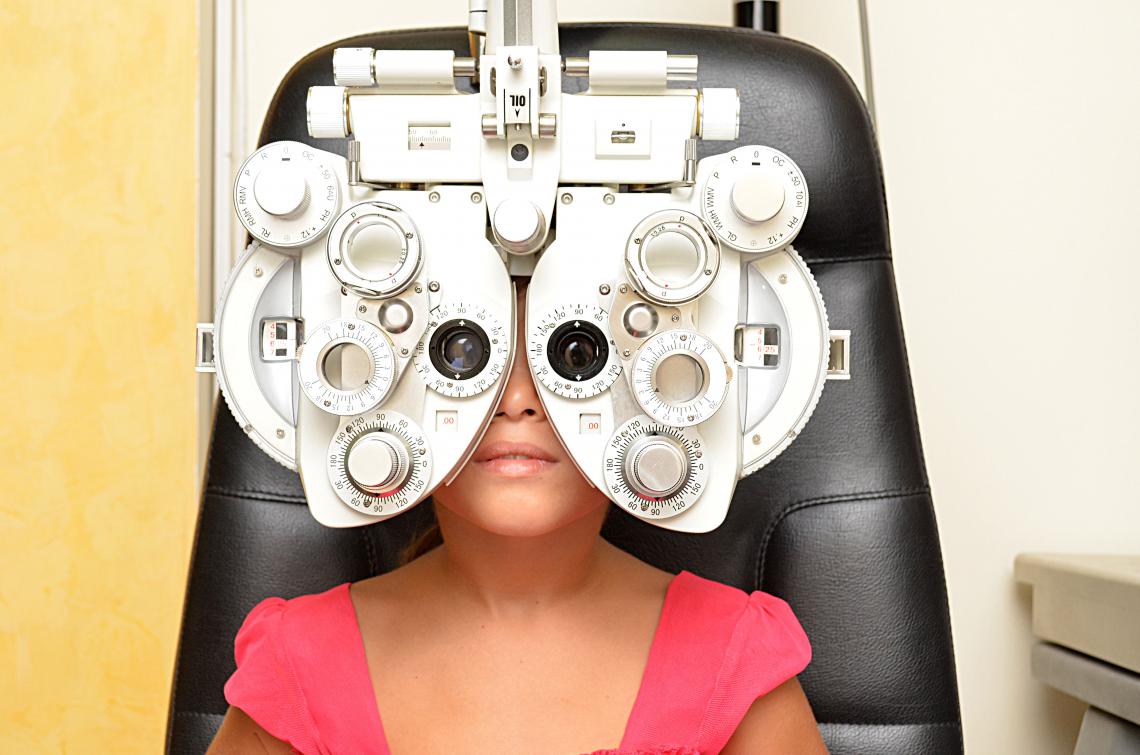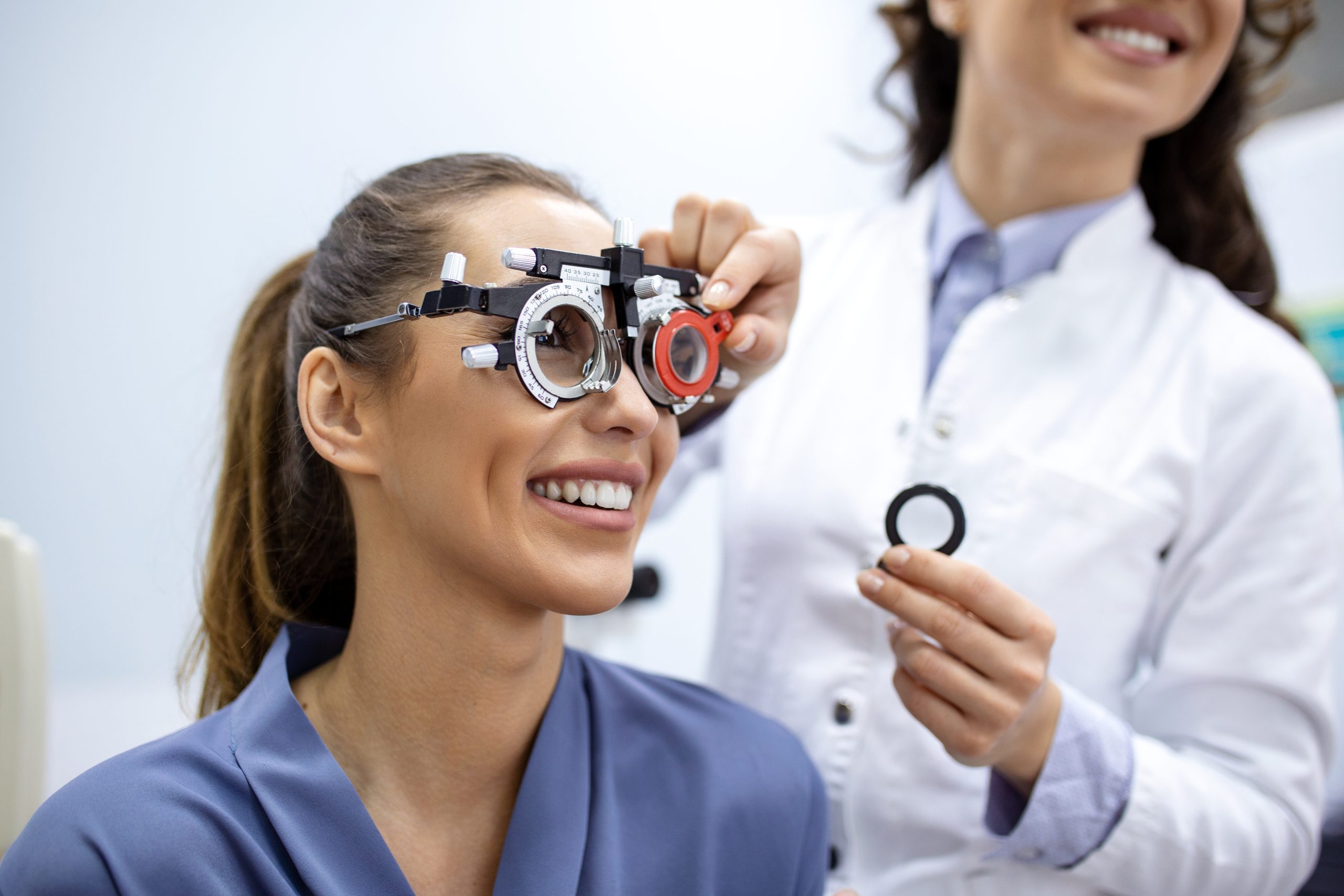Leading Factors to See an Optometrist Chino for Your Eye Health
Leading Factors to See an Optometrist Chino for Your Eye Health
Blog Article
Checking Out the most recent Technical Developments in Optometry and What They Mean for Optometrists
From the accuracy of Optical Coherence Tomography to the nuanced insights used by AI-driven analysis devices, these developments are establishing brand-new criteria in client analysis and therapy. As these advancements penetrate the technique, eye doctors are encountered with the difficulty of embracing these tools to enhance client end results.
Advancements in Diagnostic Tools
Progressing the field of optometry, advancements in diagnostic tools have actually reinvented the means eye treatment specialists analyze and identify eye problems and aesthetic impairments. The past decade has seen substantial technical advancements, allowing more detailed and accurate examinations. Optical Comprehensibility Tomography (OCT), for instance, supplies high-resolution cross-sectional photos of the retina, enabling for the early detection of diseases such as glaucoma and age-related macular degeneration. This non-invasive imaging technique has ended up being important in modern optometric method.
Another secret development is the intro of sophisticated corneal topography systems, which map the surface curvature of the cornea with accuracy. These tools are specifically beneficial for suitable call lenses and identifying corneal disorders. Furthermore, electronic retinal imaging has transformed typical ophthalmoscopy, providing thorough, scenic views of the retina that facilitate comprehensive aesthetic exams.
The development of wavefront aberrometry has likewise been essential, enabling the evaluation of refractive errors with unmatched precision (Eye Doctor Optometrist). This modern technology assists in customizing restorative lenses and boosting surgical outcomes for refractive surgeries. Collectively, these analysis innovations empower optometrists to supply premium patient care, making certain early intervention and customized therapy techniques, inevitably improving aesthetic wellness outcomes
AI in Patient Administration
Structure on the foundation of cutting-edge diagnostic tools, the unification of synthetic intelligence (AI) in individual administration represents a transformative jump for optometry. AI systems are increasingly used to enhance efficiency, accuracy, and customization in individual care.
Furthermore, AI-driven systems assist in structured client communications and management processes. Automated organizing, online assessments, and individualized follow-up plans not only improve person complete satisfaction but additionally enhance time management for professionals. These systems can triage patients based on the necessity of their conditions, guaranteeing that those in critical demand receive timely focus.
Furthermore, AI boosts decision-making by offering eye doctors with evidence-based recommendations and therapy pathways. By integrating information from digital health records, AI tools use understandings that notify professional decisions, minimizing the risk of mistakes and improving person outcomes. As AI remains to develop, its function in individual monitoring will likely expand, reshaping the landscape of optometric treatment.
Advances in Retinal Imaging
In the realm of optometry, retinal imaging has experienced impressive technological developments that are enhancing diagnostic abilities and individual care. Technologies such as Optical Coherence Tomography (OCT) and fundus photography have transformed just how eye doctors assess the retina and imagine.
Enhanced imaging techniques like OCT angiography are additional refining analysis accuracy. Optometrist Chino. Such innovations facilitate the identification of min retinal adjustments that could symbolize condition development.
Moreover, improvements in artificial intelligence are augmenting retinal imaging by enabling automatic evaluation of large datasets. These systems help eye doctors in recognizing patterns indicative of pathology, therefore improving analysis precision and performance. Jointly, these innovations are transforming retinal imaging right into a cornerstone of modern-day eye here are the findings care, improving end results and broadening restorative opportunities.
Teleoptometry's Expanding Duty
Teleoptometry is progressively coming to be a vital component of eye treatment, driven by advancements in data and diagnostic devices. As optometry embraces electronic transformation, teleoptometry promotes remote consultations, enabling eye doctors to expand their services past standard borders. This is especially advantageous in rural and underserved areas where access to specialized eye treatment is frequently limited. By leveraging high-resolution video clip conferencing and progressed retinal imaging, eye doctors can conduct thorough eye tests from afar, ensuring prompt diagnosis and therapy.
The assimilation of fabricated intelligence (AI) further boosts teleoptometry, making it possible for the analysis of aesthetic information and helping in the detection of eye conditions such as glaucoma and diabetic retinopathy. AI-powered formulas can swiftly interpret complex imaging information, offering eye doctors with beneficial understandings that reinforce clinical decision-making.
In addition, teleoptometry sustains continuity of treatment with smooth assimilation with electronic wellness records (EHRs), permitting optometrists to maintain detailed client backgrounds. This ensures that patients receive consistent look at here now and personalized treatment also when seeking advice from different professionals.
Despite these advantages, challenges stay, consisting of making sure data safety and handling individual assumptions. Teleoptometry represents a significant stride in the direction of more available, effective, and patient-centered eye treatment. As modern technology develops, its function is poised to expand additionally.

Future Fads in Eye Treatment
A myriad of cutting-edge fads is set to reshape the future of eye care, driven by technological advancements and the advancing requirements of individuals. One significant trend is the integration of expert system (AI) in diagnostics, which promises to enhance the precision and efficiency of eye examinations. AI formulas can examine huge amounts of information from retinal photos, possibly discovering conditions like diabetic person retinopathy and glaucoma earlier than typical approaches.
Furthermore, individualized medicine is gaining grip in optometry, with genetic screening educating personalized treatment plans. This method aims to maximize client results by customizing interventions to specific genetic accounts. Wearable innovation, such as clever call lenses, is also coming up, offering real-time surveillance of intraocular pressure or sugar levels, thus supplying continuous understandings right into eye and systemic health and wellness.
The fostering of enhanced reality (AR) and digital truth (VIRTUAL REALITY) in training and client education and learning is an additional emerging fad. get redirected here These innovations supply immersive experiences that can enhance understanding and skills both for eye doctors and patients. As these patterns progress, eye doctors should stay abreast of technical innovations to provide advanced care, guaranteeing improved individual outcomes and fulfillment in the dynamic landscape of eye treatment.
Verdict

Collectively, these diagnostic advancements encourage eye doctors to deliver exceptional patient treatment, making certain very early intervention and tailored treatment methods, eventually improving aesthetic wellness results.

As these technologies continue to evolve, eye doctors must adjust and incorporate them into method, inevitably optimizing workflow performance and elevating the criterion of eye care supplied to individuals.
Report this page